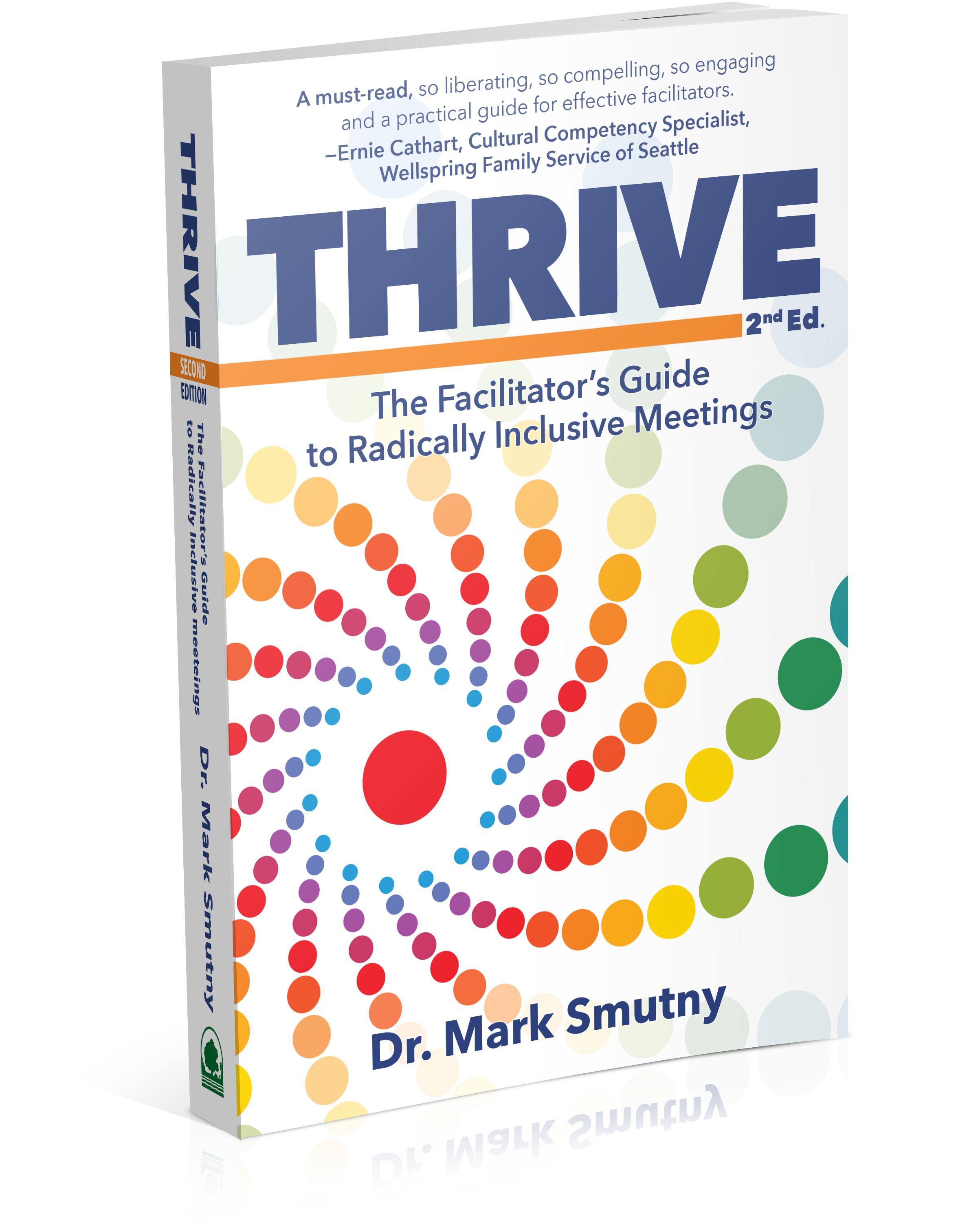 The Power of Inclusive Strategic Planning: A Guide to Thriving Organizations
The Power of Inclusive Strategic Planning: A Guide to Thriving Organizations
Strategic planning is the backbone of organizational success, providing a roadmap for navigating change, embracing innovation, and ensuring system-wide engagement. In this article, we explore the key elements of inclusive strategic planning and how it can transform non-profit organizations.
Build System-Wide Ownership
Well-facilitated strategic plans engage every stakeholder, fostering system-wide ownership and alignment. They empower organizations to adapt to changing environments, making them especially valuable during leadership transitions or market shifts. The inclusion of diverse voices ensures a comprehensive perspective, guiding the organization towards embracing new technologies, reaching new customers, and revitalizing its mission.
Put in the Hard Work of Inclusion
While strategic plans demand time and resources, their benefits far outweigh the costs. When designed and facilitated effectively, these plans encourage creative conversations about the future, fostering teamwork and a sense of community. Stakeholders redefine mission, vision, and values, aligning organizational behavior with strategic goals. Regular evaluation ensures ongoing adaptability and success.
Hire a Professional Facilitator
While an insider can facilitate a strategic plan, hiring a professional brings objectivity and allows leadership to fully participate. External consultants guide the planning processes and ensure all voices are heard.
Increase Frequency to a Minimum of Every Three Years
The pace of change in the modern world requires more frequent strategic planning. Waiting five years between plans is no longer practical, especially in the face of events like the COVID-19 pandemic, technological advancements, and globalization.
The Key Steps
-
Organize a Planning Committee with Diverse Representation
Include top executives, board members, senior managers, front line employees and volunteers. Signal the importance of every individual in the planning process.
-
Hire a Skilled, Professional Facilitator
Utilize an external facilitator for objectivity and to free up internal stakeholders. Ensure the facilitator is disciplined, delivers results on time, and possesses high personal integrity.
-
Conduct an Environmental Scan
Assess internal and external factors through tools like SWOT analysis, Porter’s Five Forces, or Pestle Analysis. Gather data through interviews, questionnaires, and focus groups.
-
Select No More Than Three Strategic Goals
Focus on a limited number of goals to avoid diffusion and enhance memorability.
-
Hold an All-Stakeholders Retreat
Engage all stakeholders in a retreat using inclusive methodologies. Revise mission, vision, and values statements, and establish detailed goals using tools like SMART.
-
Draft the Written Plan
Work collaboratively with a consultant to create a plan that is action-oriented, clear, and inspiring. Edit mercilessly, removing jargon and ensuring simplicity.
-
Vet the Plan Inclusively
Seek feedback from the board, senior management, direct service employees and volunteers. Strengthen the plan until it is perfect.
-
Adopt and Promote Broadly
Gain approval from the board or similar group, then promote the plan with attractive visuals. Make it accessible across the organization through various channels.
-
Use it!
Integrate the plan into daily operations, referencing it in meetings, orientations, and gatherings. Centralize it within the organization’s life for universal buy-in.
-
Evaluate Regularly
Conduct regular evaluations one year after adoption, celebrating progress and making necessary adjustments. Repeat the process every three years.
Conclusion
Strategic planning is not just about the end result; it’s about the inclusive process that engages stakeholders and sets the direction for organizational success. With the right design, a skilled facilitator, and ongoing input, strategic plans become living documents that breathe life into an organization, fostering a culture of innovation and adaptability. Embrace the power of inclusive strategic planning to ensure your organization thrives in a rapidly changing world.
For More Ideas and Resources
For help with your organization’s challenges and an array of innovative solutions, check out my website at https://civicreinventions.com. Then email me at mark.smutny@civicreinventions.com or give me a call at 425.405.5615. I will respond personally to every inquiry.
Dr. Mark Smutny is a nonprofit consultant specializing in conflict resolution services. He teaches, writes and consults on ways for nonprofits to turn toxic conflict to mission success. He is the award-winning author of the book Thrive: The Facilitator’s Guide to Radically Inclusive Meetings, 2nd. Ed.

